
Esther II: A Different Kind of Art Fair in New York
An overview of the Esther II art fair
This year’s New York spring Art Week was not only packed with the usual and influential art market events such as Frieze, NADA and TEFAF, complemented by gallery openings and special events at major museums, but its liveliness was also demonstrated by smaller and more alternative initiatives. One of the most striking was Esther II, an art fair held for the second year at New York’s Estonian House, offering a fresh perspective on what an art fair can look like. From 6 to 10 May, it brought together 25 galleries from cities around the world, including Ho Chi Minh City, New York, Riga, Tallinn, Tartu, Tokyo, Warsaw, Vienna and more.
Estonian House, 243 E 34th St, NY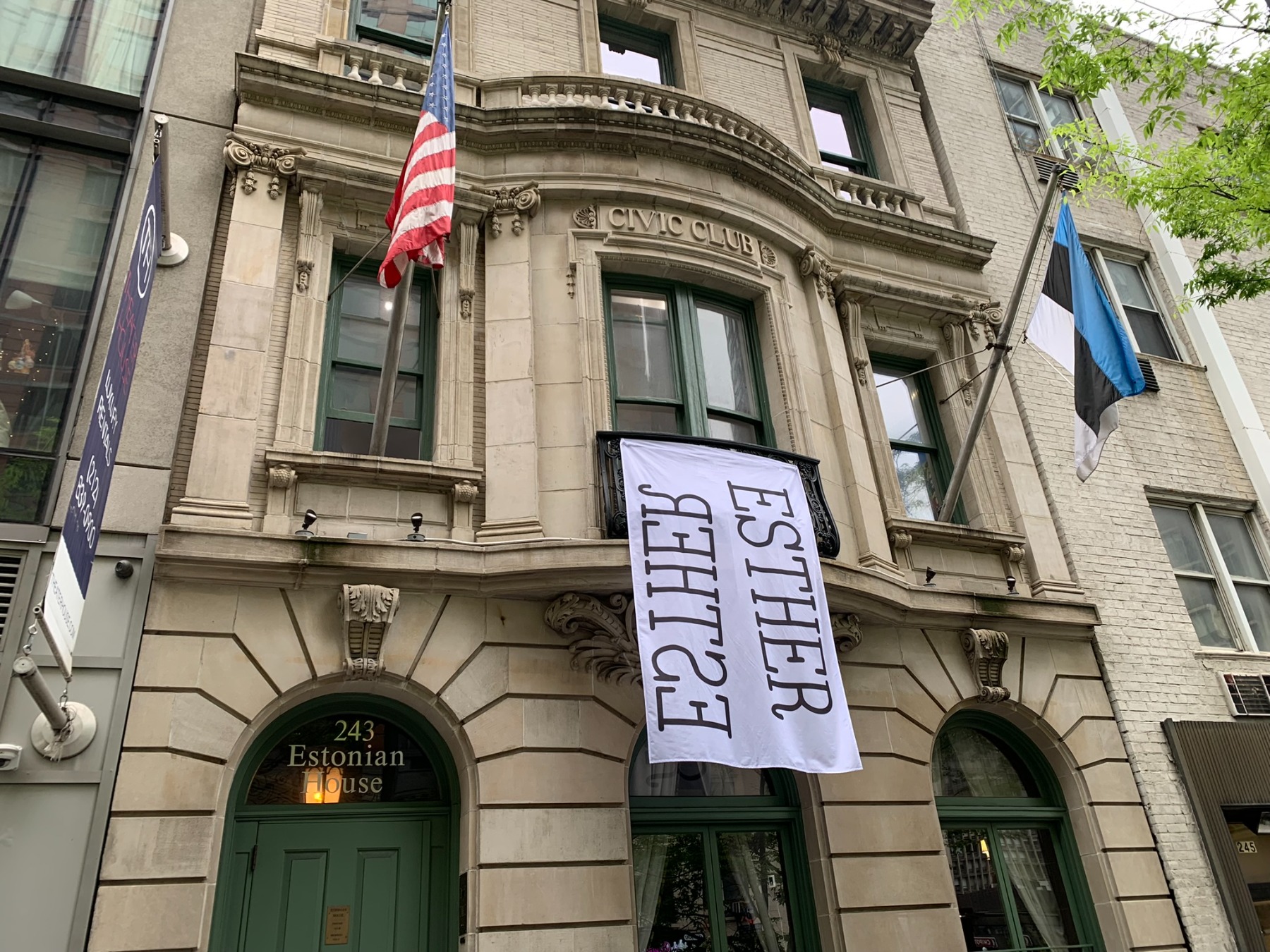
“This is not just another fair, it is an attempt to create a space for community,” says Margot Samel, one of the fair’s organisers. “The idea was initiated by Olga Temnikova [co-owner of Temnikova & Kasela Gallery, Tallinn], who wanted to create a fair format where we could not only sell, but also talk – about art, processes, ideas. A major difference from other fairs is that Esther has no booths, the artworks are spread all over the building, thus breaking down the boundaries between galleries and approaching the format of a curated exhibition.”
Margot Samel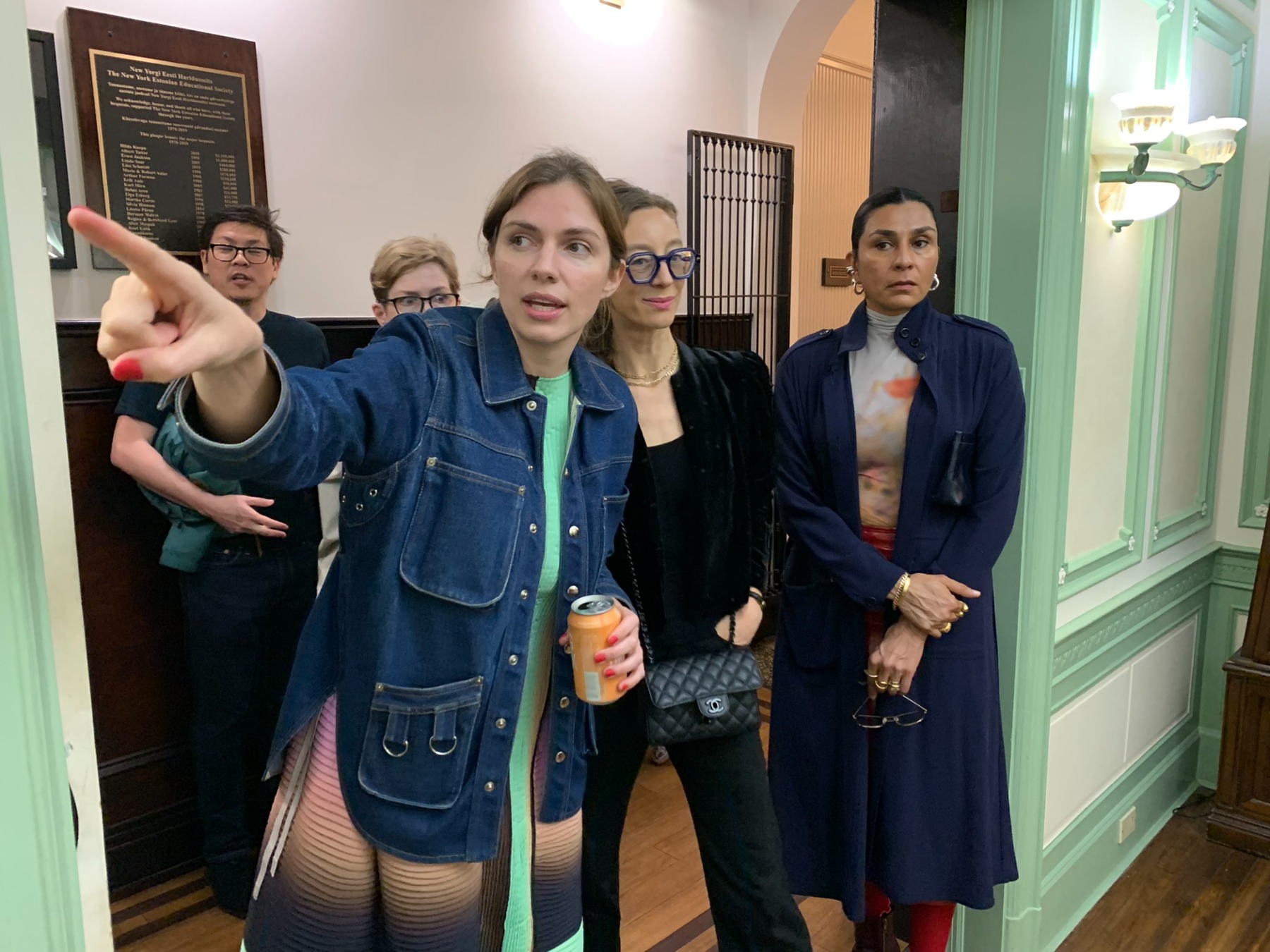
From Riga to Riga via New York
Latvia was represented at Esther for the second year by kim? Contemporary Art Centre. “We are participating in this fair because one of the organisers is Olga Temnikova – a key figure in the Baltic art scene. This kind of collaboration strengthens the regional network and allows us to be visible in the New York context with works from Riga.”
Indriķis Ģelzis (kim? Gallery, Riga)
kim?’s exposition featured recent works by Latvian artist Indriķis Ģelzis – a material–based knotwork meditation on uncertainty and unrelieved tension, and paintings by Viktor Timofeev, in which architecture becomes a stage for memory and imagined belonging.
Viktor Timofeev (kim? Gallery, Riga)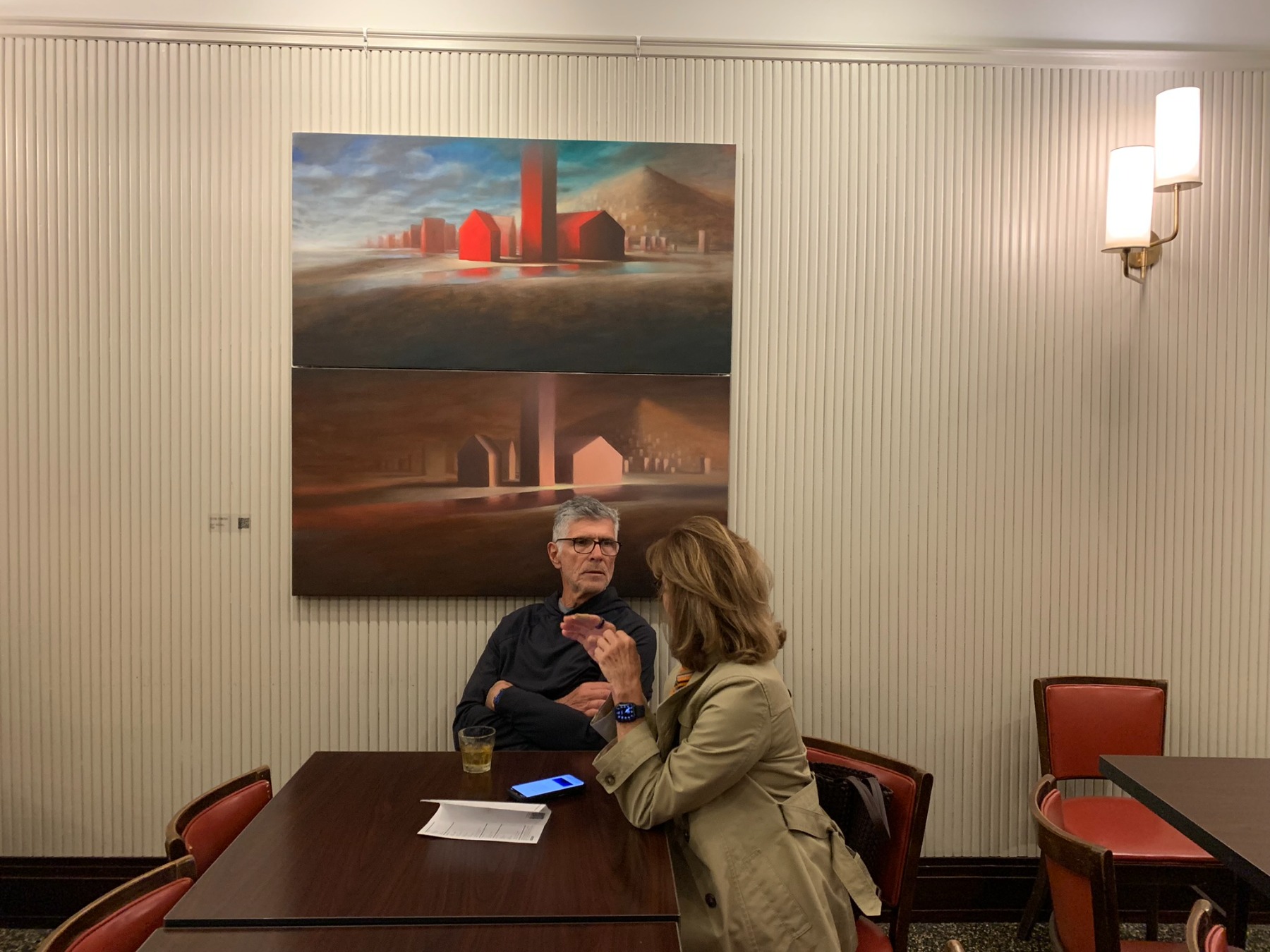
“Both artists have worked with New York galleries before,” explains Goze, “and it was important for us to choose artists who are professionally familiar with the city. We see being part of Esther as an opportunity to help them further establish their position here.”
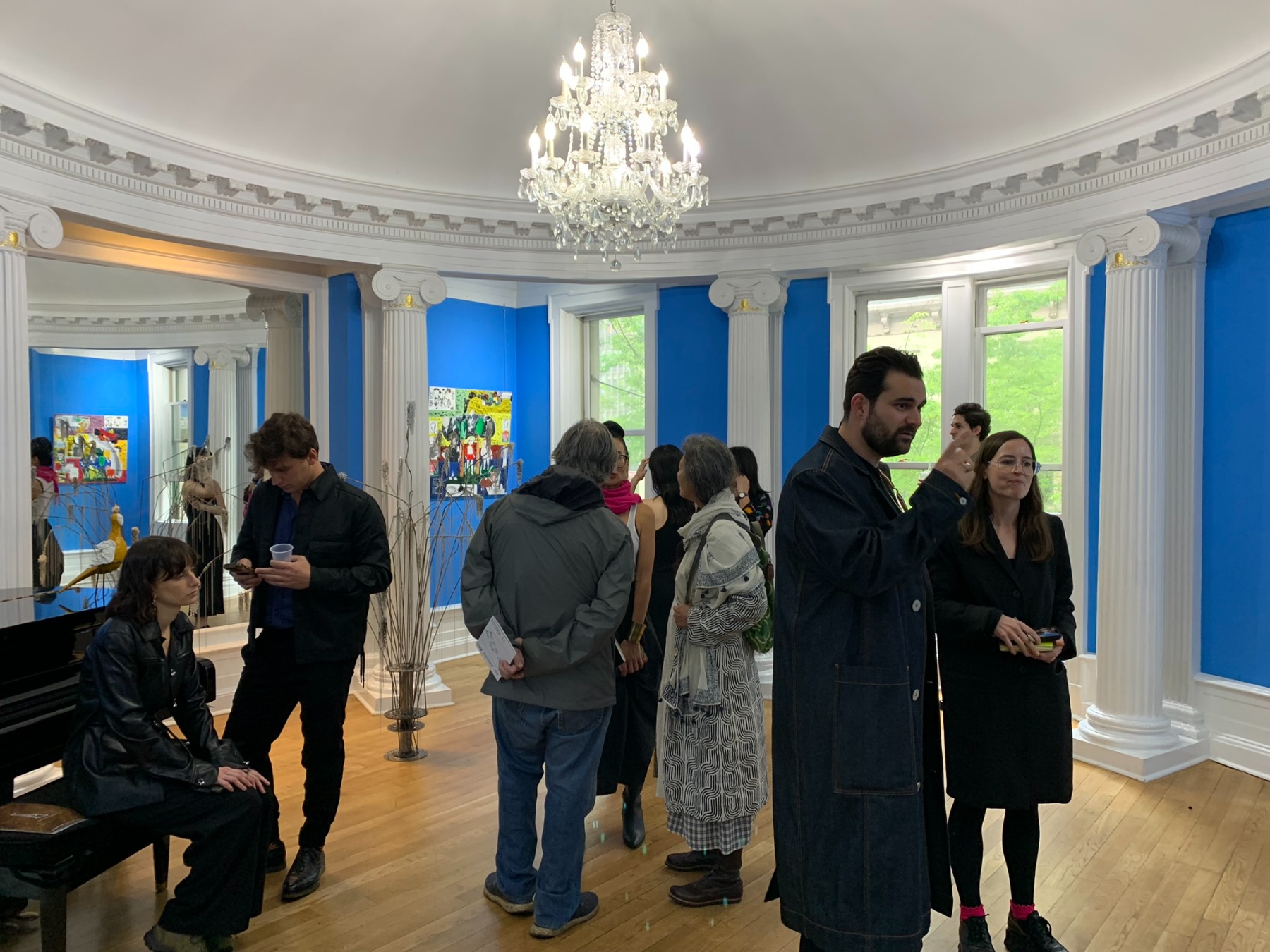
Openness and experimental spirit
New York gallerist Laurel Gitlen puts it succinctly but accurately: “I like that it’s more informal. There’s a feeling that the fair is a bit more experimental – friendlier, even collegial. And the prices for participation are not crazy, which is essential for smaller galleries.”
Asked if the hope is only for sales, she says: “No, absolutely not. It’s important to meet new collectors, other galleries. At the moment, the location of the gallery is changing, so this visibility is particularly important for us.”
Liina Raus by Eike Eplik’s works (Kogo Gallery, Tartu)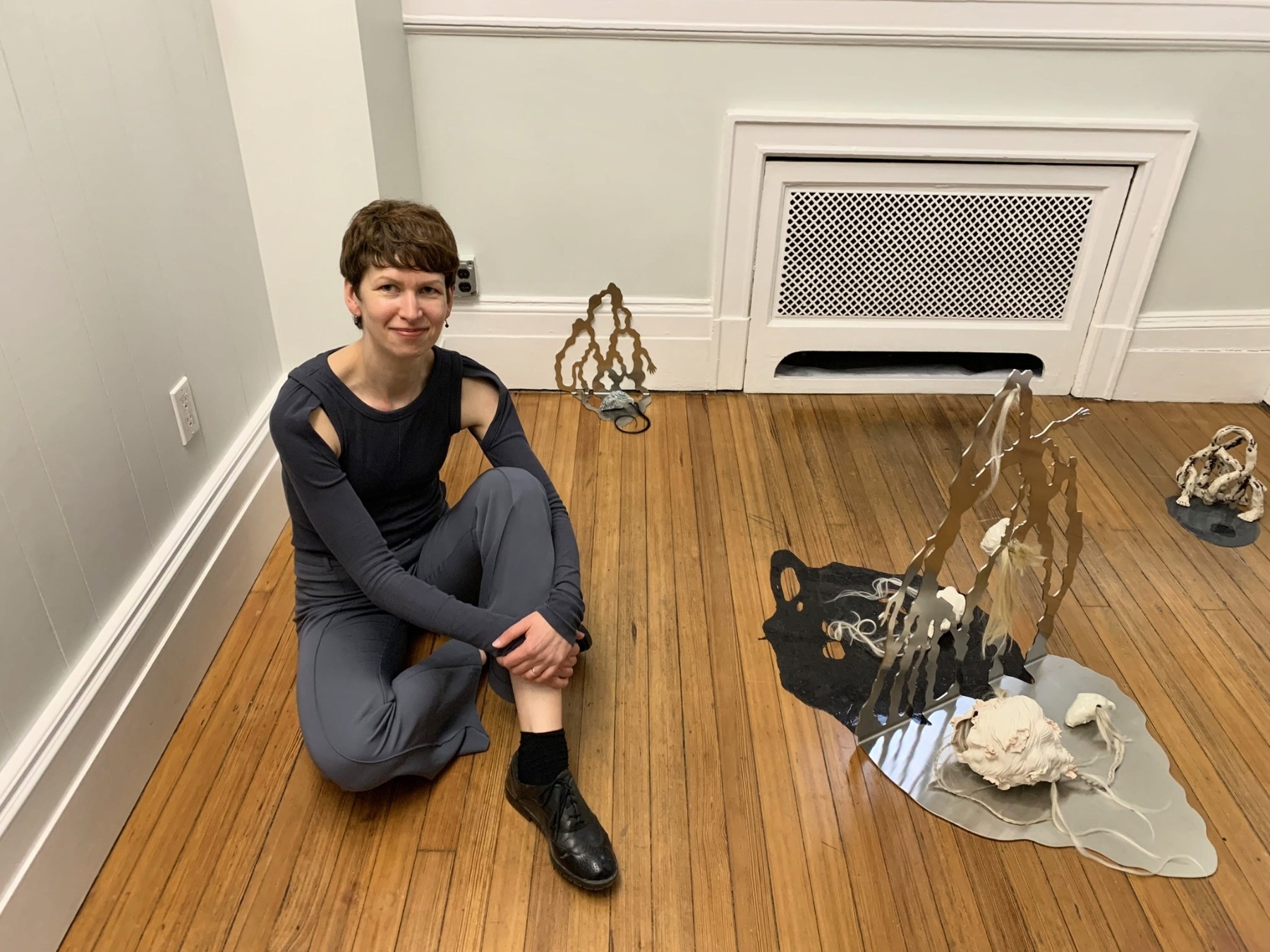
View from Estonia
Kogo Gallery from Tartu participated in the fair for the second year. Its director Liina Raus emphasises: “This is not a typical fair where you have to stand out with a well-thought-out stand design. It’s more like a curated group show. Last year, we made very valuable contacts – talking over dinner together, in an informal atmosphere, was very stimulating – so we came back again this year.”
Līga Spunde (Kogo Gallery, Tartu)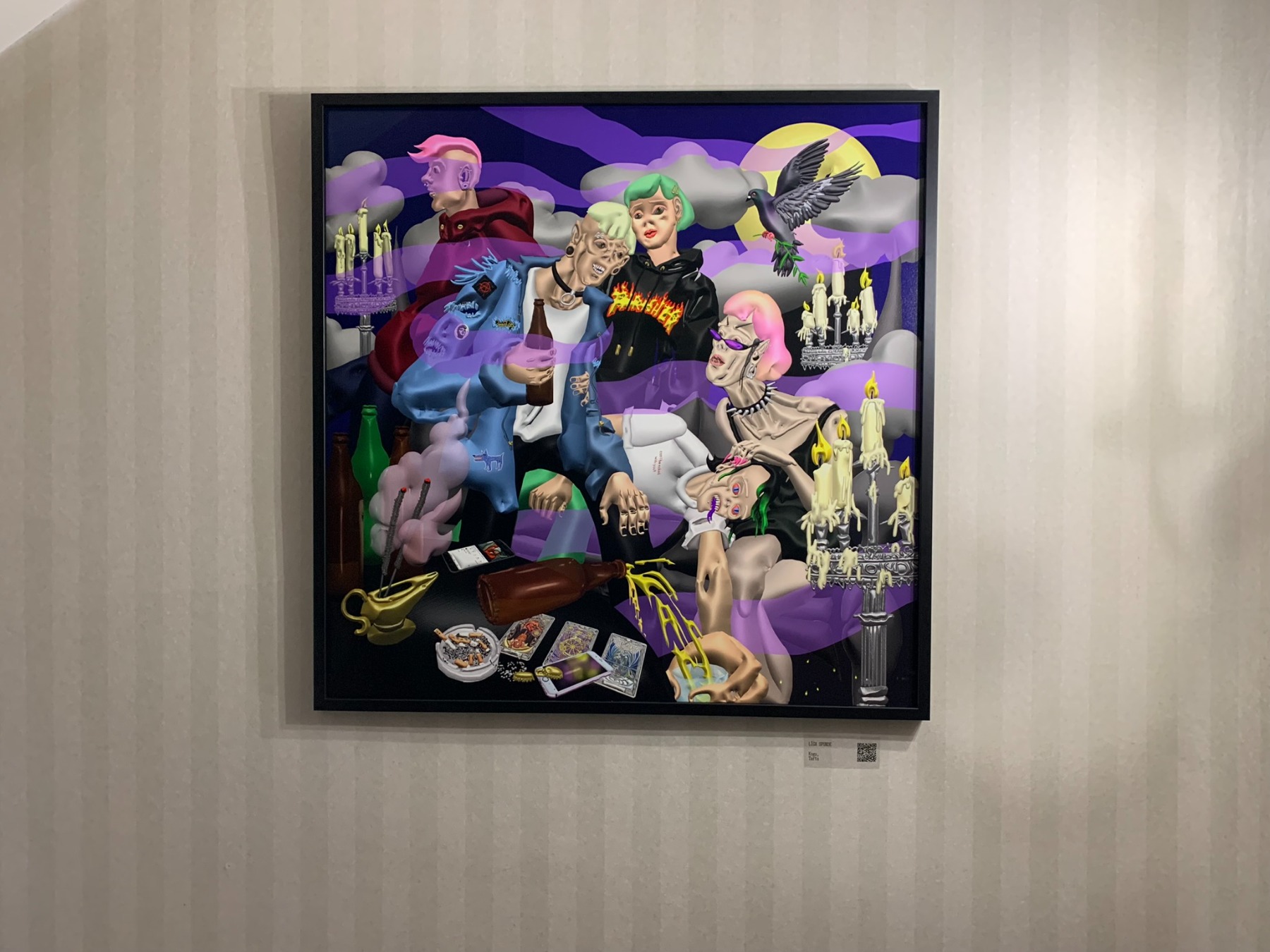
This year, Kogo presents works by Eike Eplik and Latvian artist Līga Spunde. Eplik’s works are made of clay and metal and are inhabited by fantastical creatures that inhabit micro-worlds inspired by biodiversity and the relationship between man and nature. Spunde reflects on the phenomenon of the digital environment, pop culture and the absurdities of contemporary society, creating works that fuse virtual aesthetics, fiction and the pitfalls of technology.
Edith Karlson (Temnikova &Kasela, Tallinn)
Zody Burke (Temnikova &Kasela, Tallinn)
While Temnikova & Kassel’s exhibition at this year’s fair included works by Estonian artist Edith Karlson and American artist Zody Burke. Karlsson’s sculptures were created as part of her solo exhibition Hora Lupi at the Estonian Pavilion at the 60th Venice Biennale, while Burke, who currently lives in Tallinn, works with sculpture, sound and other media to explore themes of identity and mythologies in contemporary America.
Evelyn Plaschg performance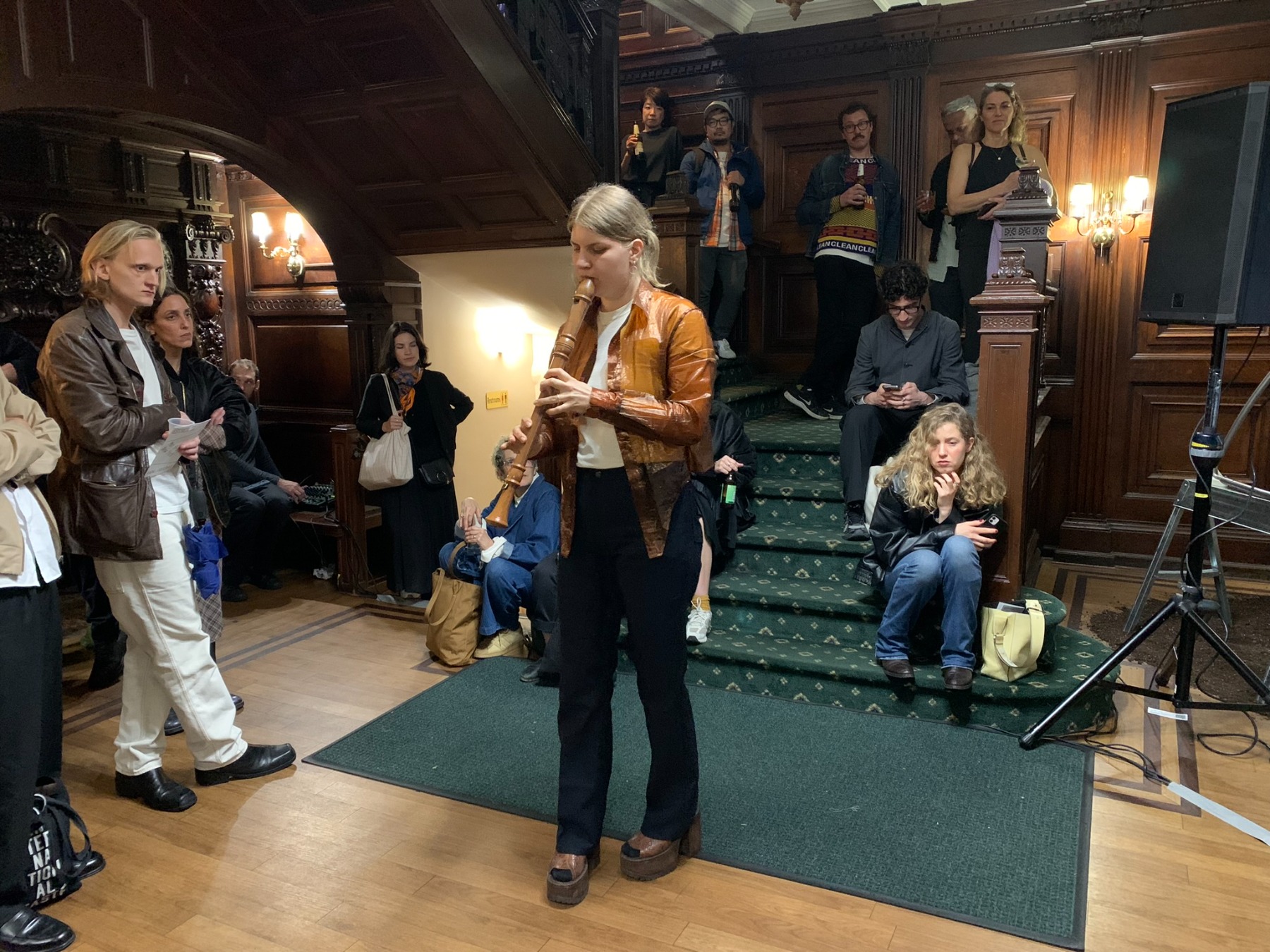
New members and conversations
One of the galleries participating for the first time this year was Tara Downs. “I’ve known Margot [Seimel] for a long time,” says the gallery owner. “I feel she has brought a real community spirit to the fair. These kinds of initiatives allow us to talk not only about what is being shown, but also why it is being made. There’s more space for conversations, not just business.”
She also stresses the importance of the personal connection: “There is a sense of humanity here. You can talk to the artists in a relaxed way, learn about their way of thinking, not just see the result.”
These personal relationships and sense of community also reveal the essence of the fair itself. Esther II shows that the world of the art market can be not only ambitious, but also empathetic and human. It is not just an alternative to Frieze and other fairs – it is a place where lively artistic conversations between different cultural spaces take place, connecting Riga, Tartu, Vienna, and New York in one single beat...
Leroy Johnson (Margot Samel, NY) and John Mc Allister (James Fuentes, NY/LA) art works
Mariann Metsis (Margot Samel, NY)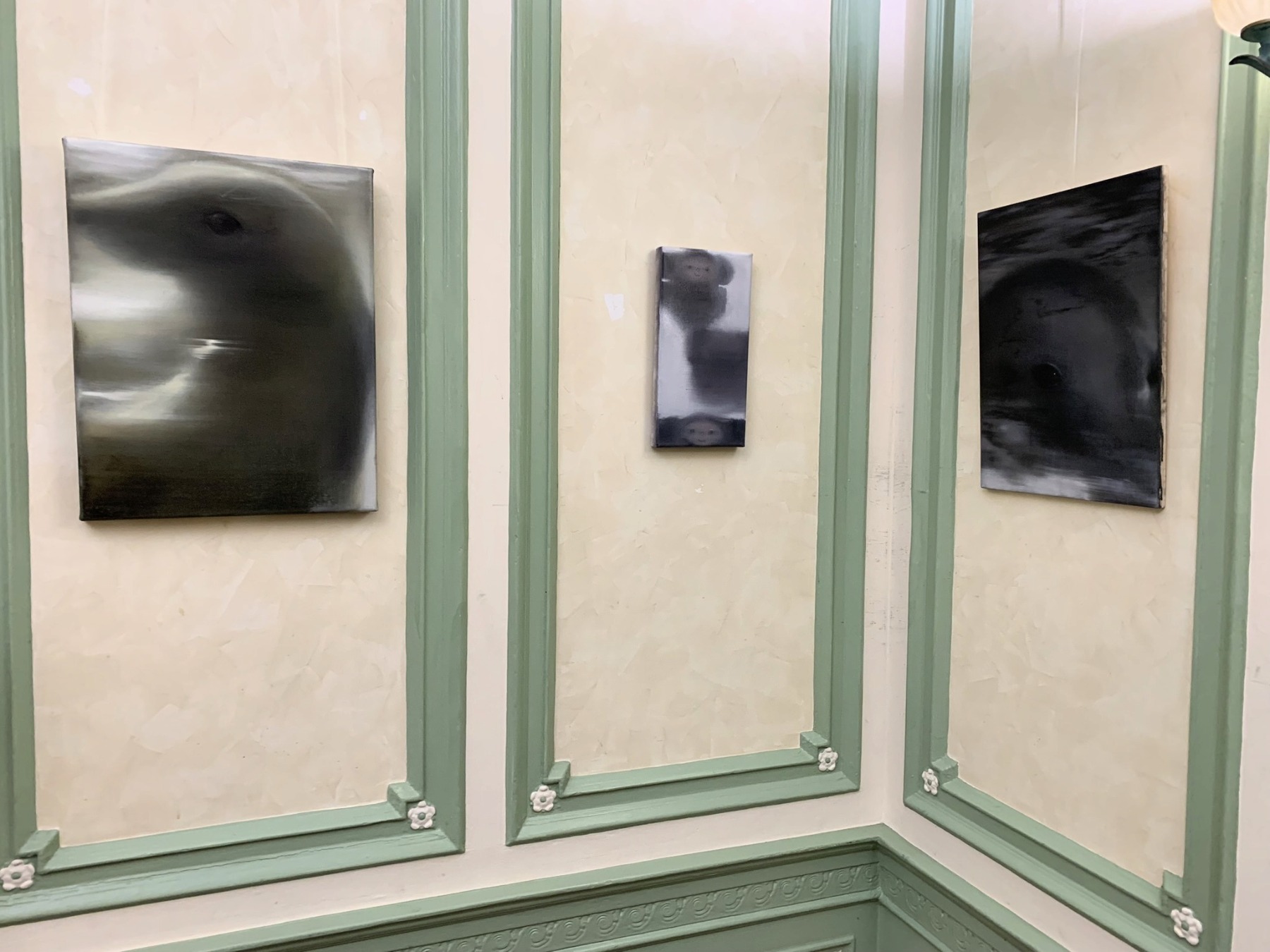
Rachen Youn (Sargent’s Daughters, NY)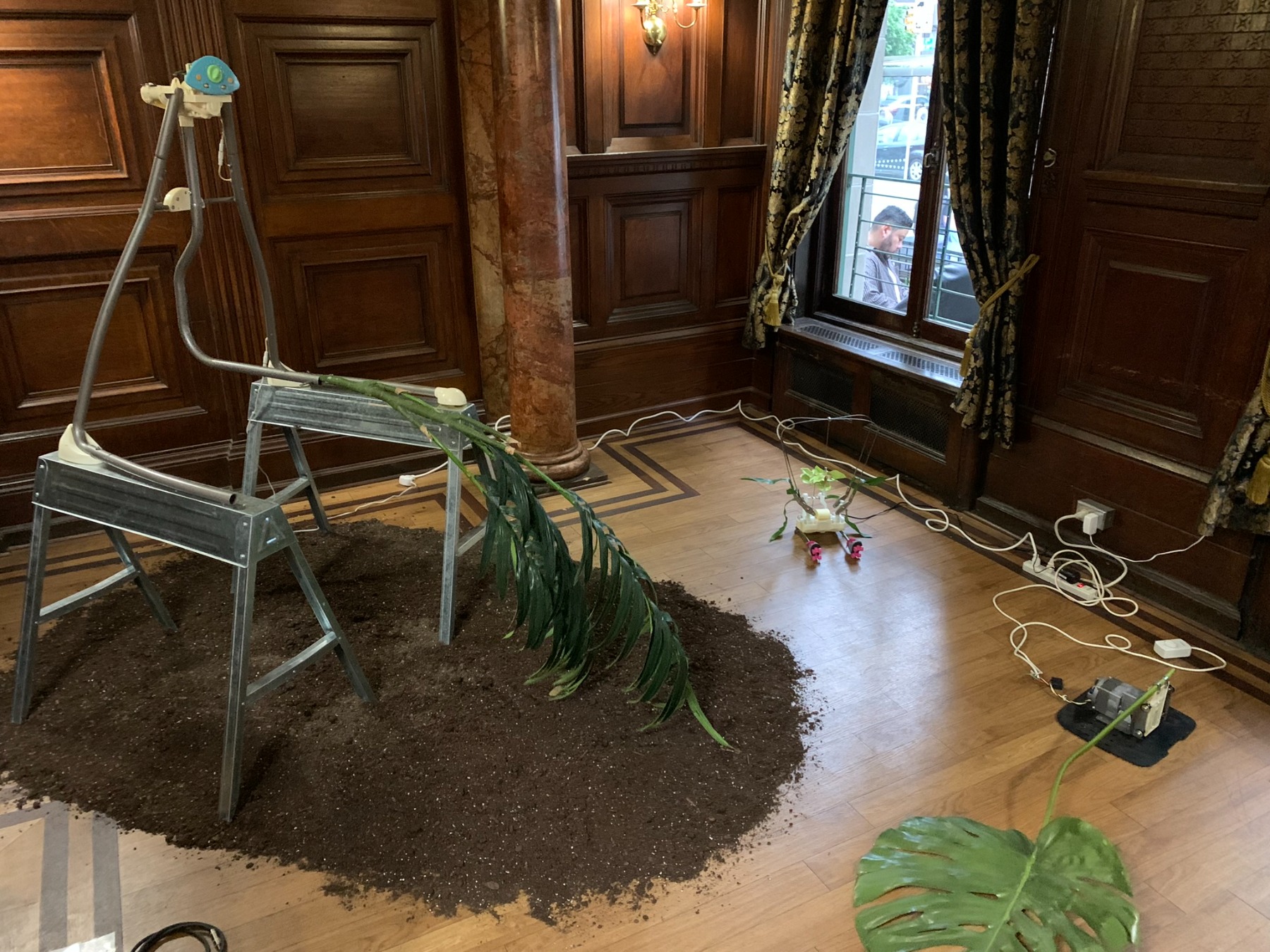
Kim Farkas (Tara Downs, NY)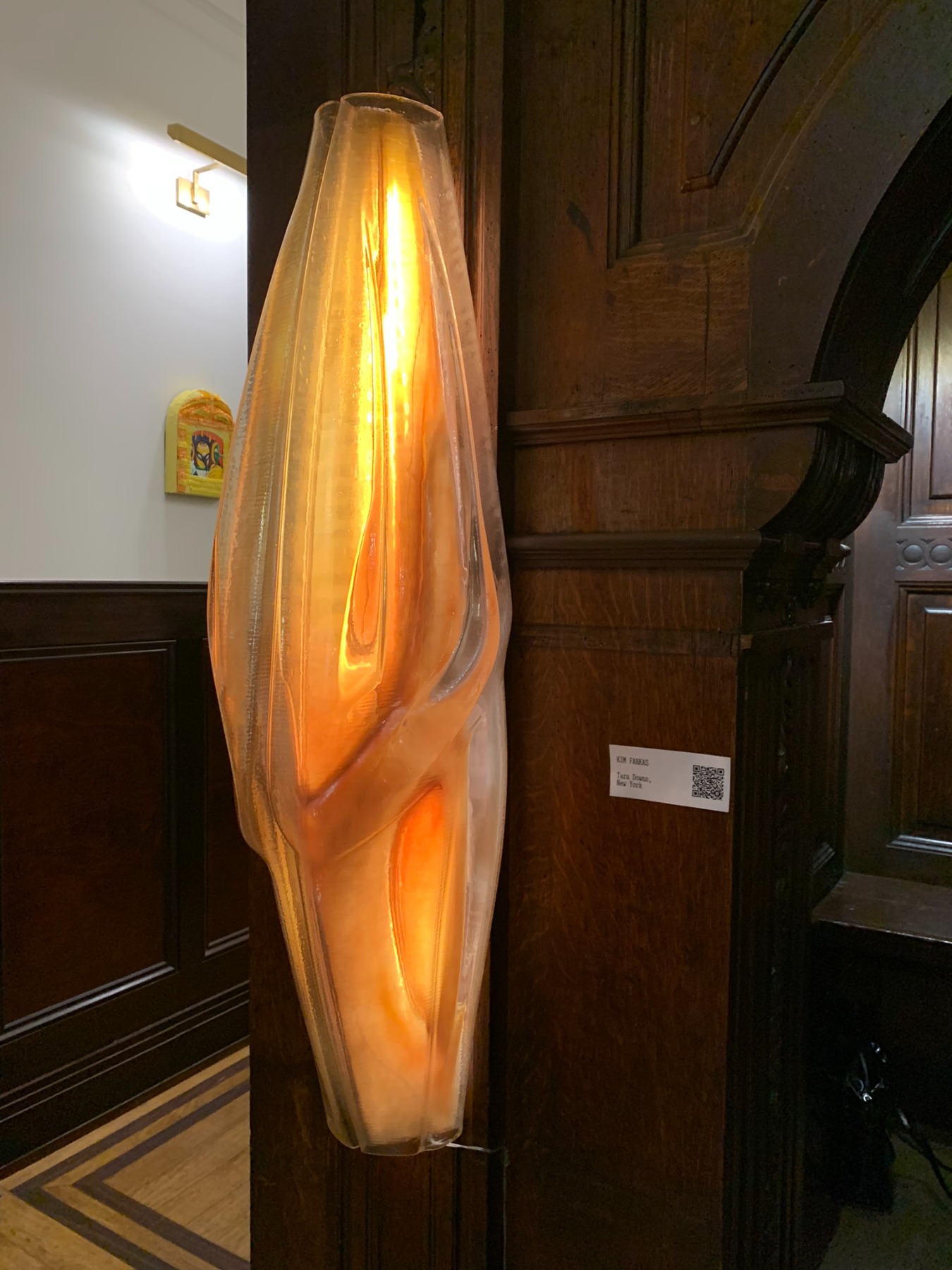
Gideon Horváth (Longtermhandstand, Budapest)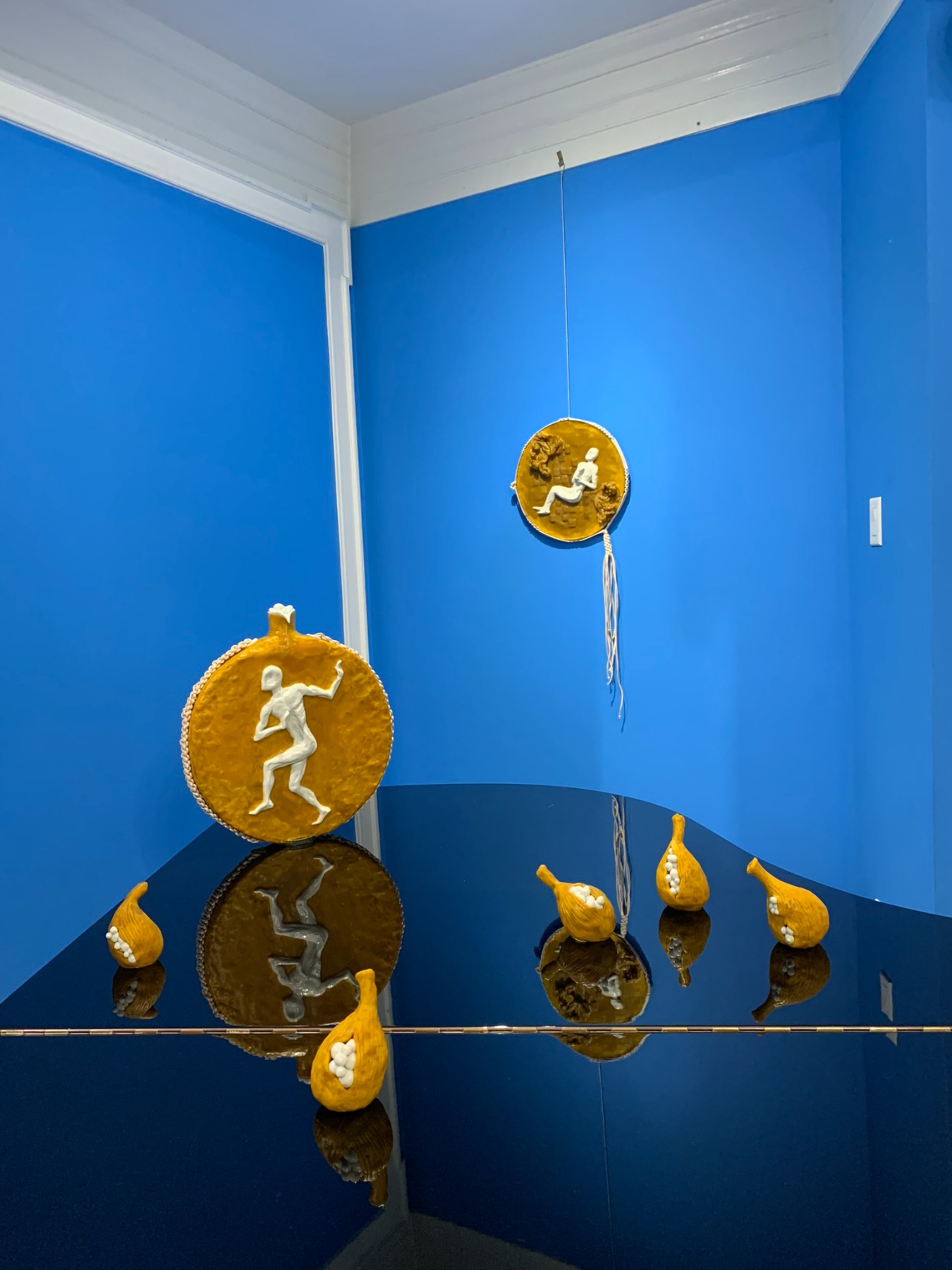
Leena Similu (ILY2, Portland)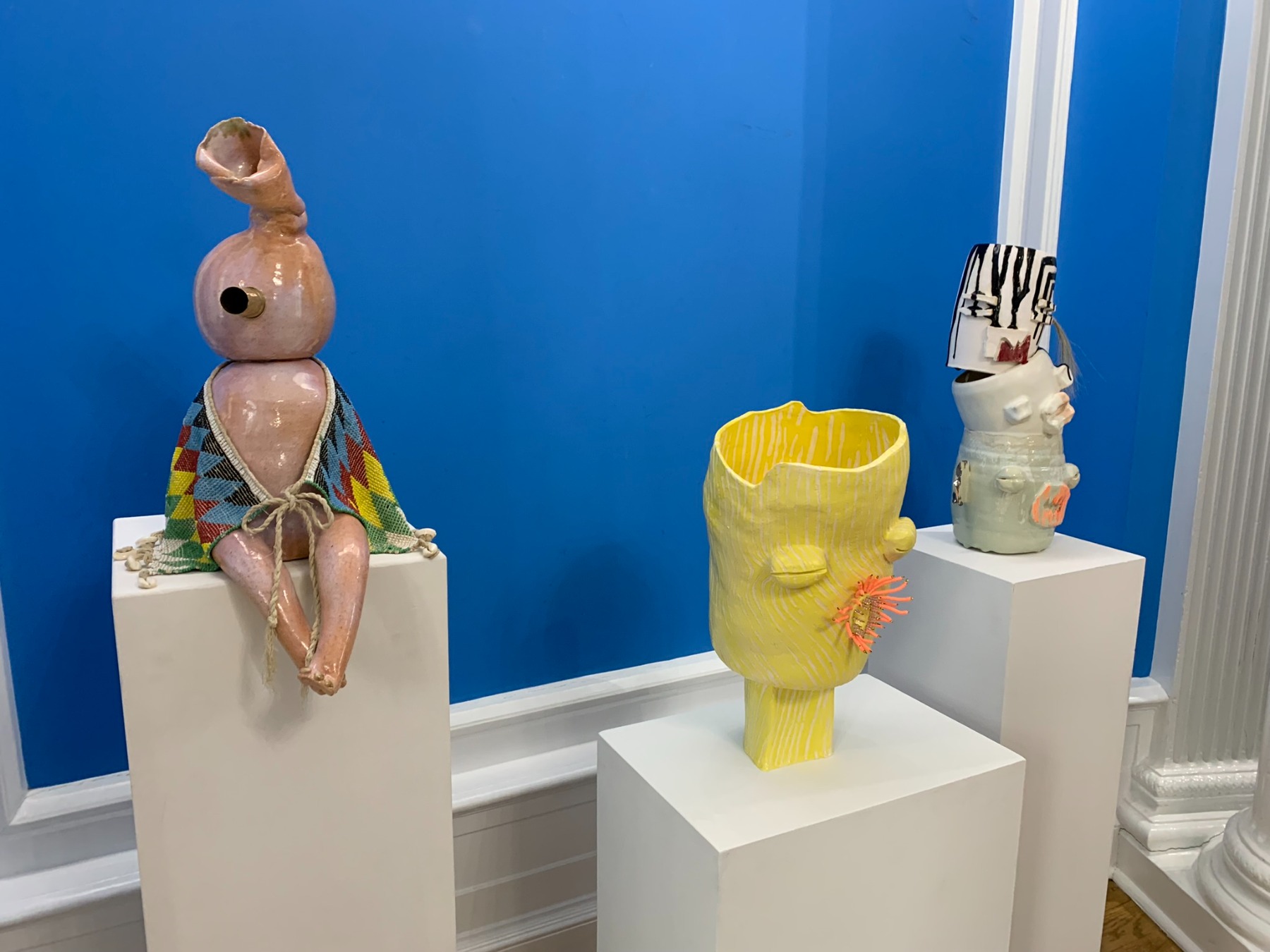
Rose Nestler (Mrs., NY)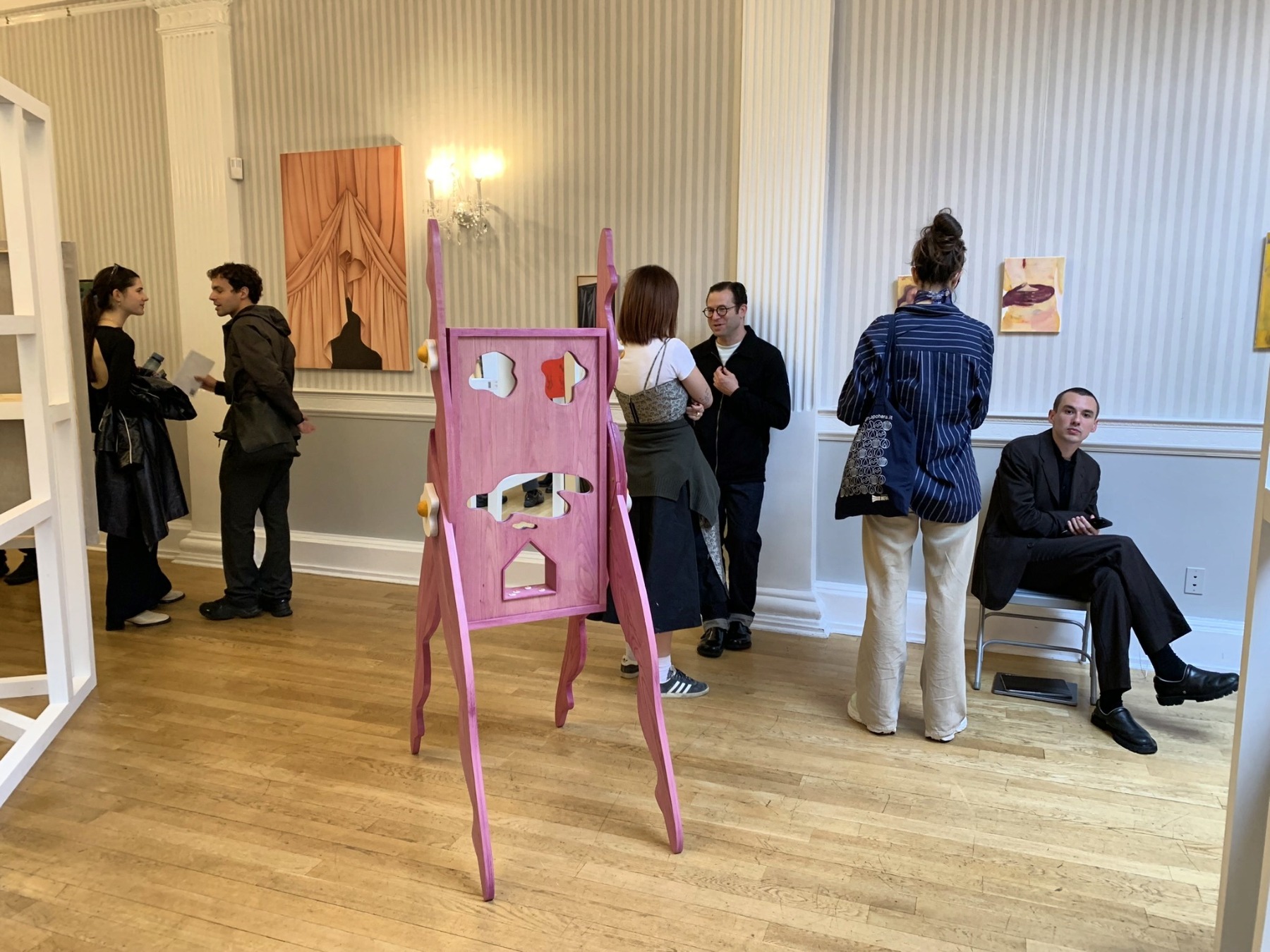
Magaret Lee (Misako & Rosen, Tokyo)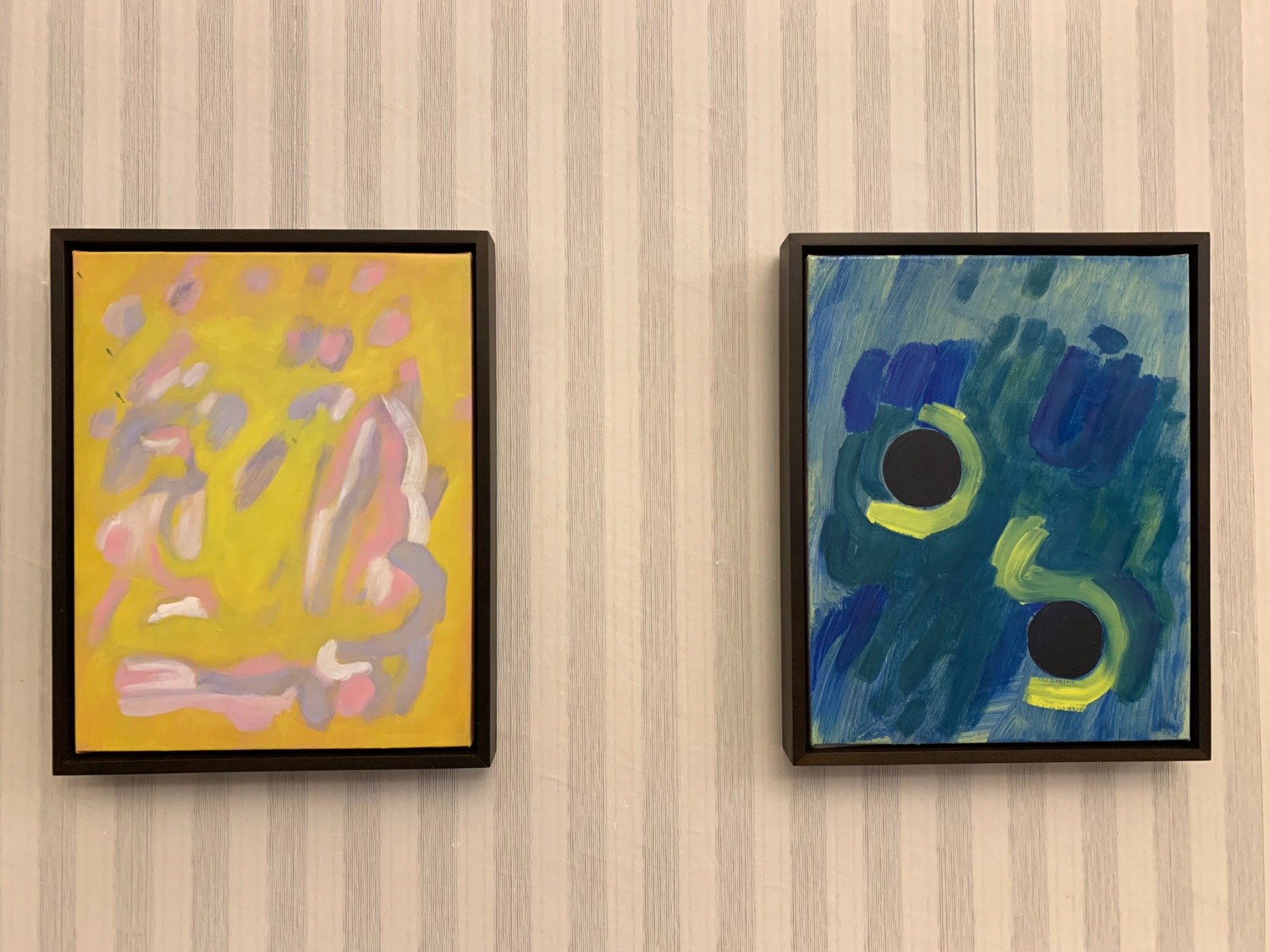
Miho Dohi (Hagiwara Projects, Tokyo)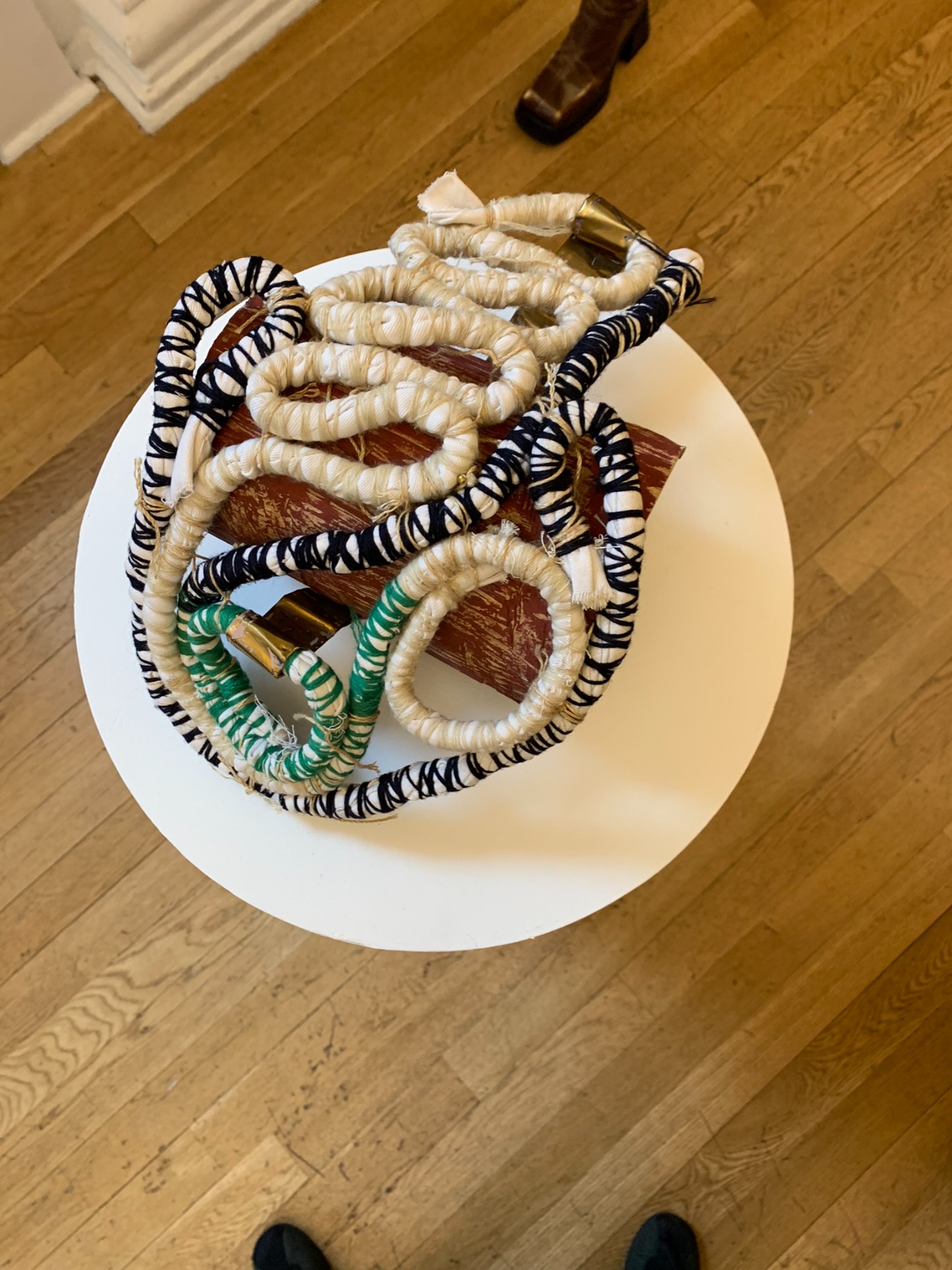
Jisoo You (SARA’S, NY)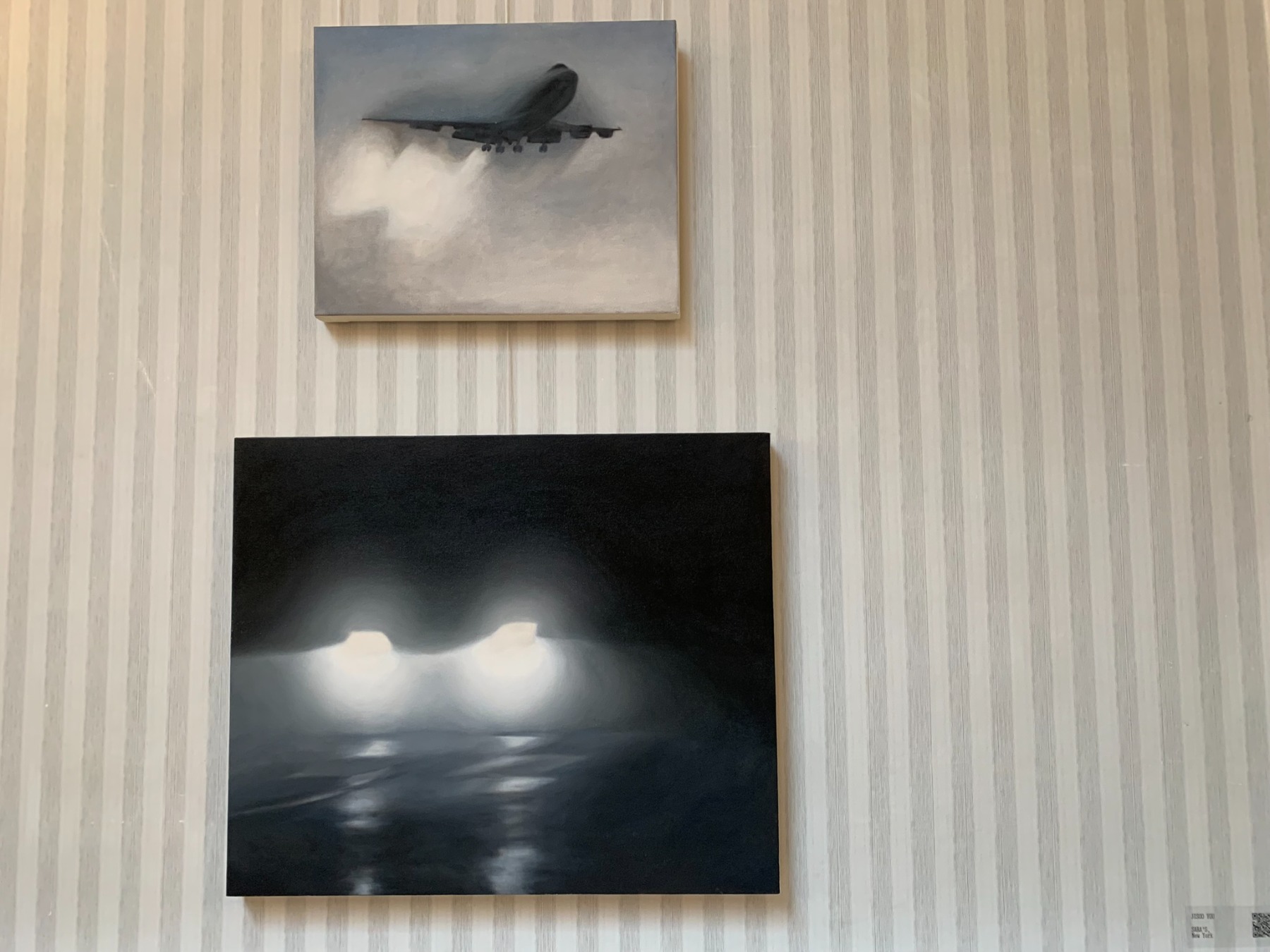
Sinikka Kurkinen (Ivan, Bucharest)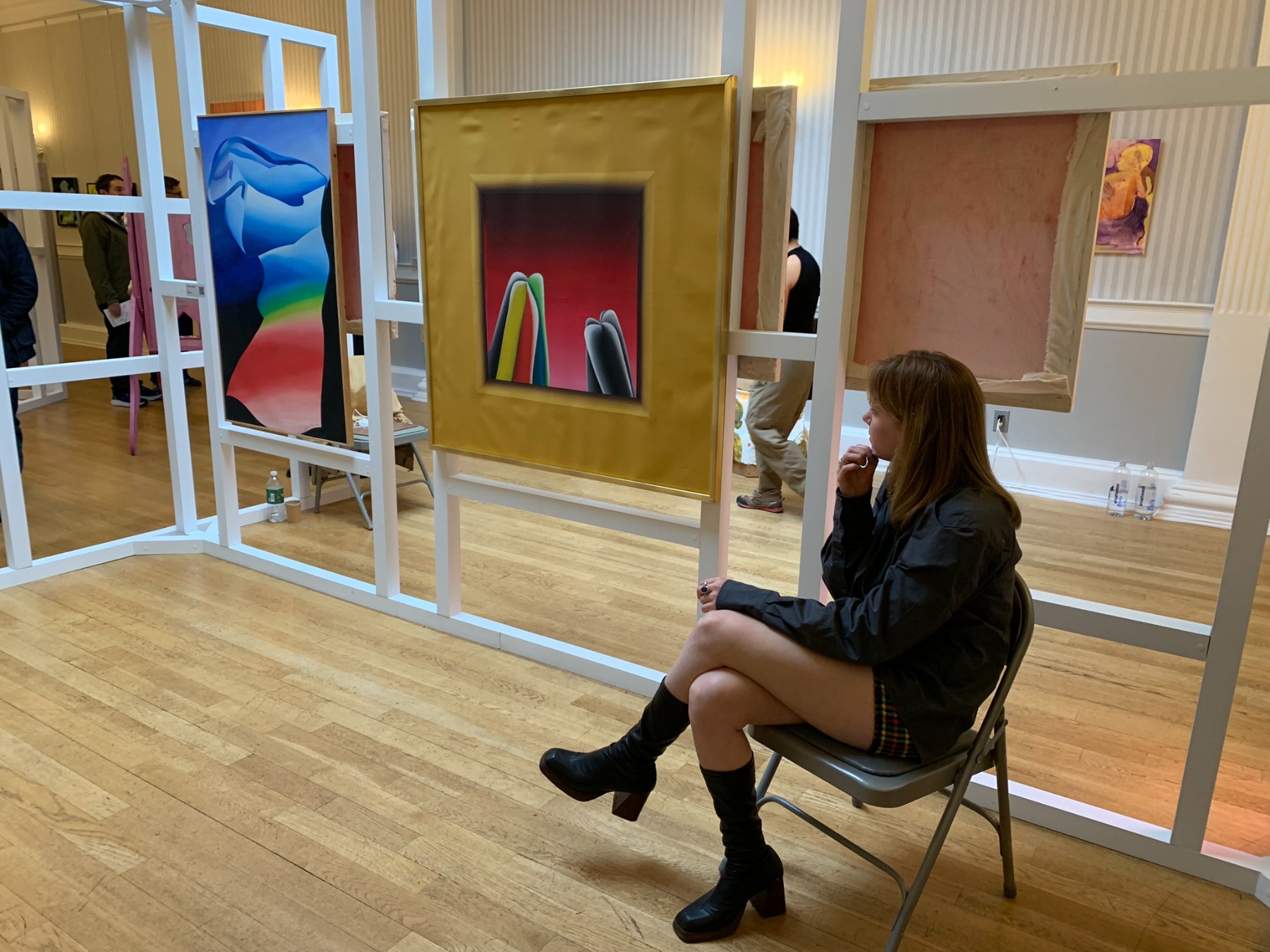
Francesco de Bernardi (Triangolo, Cremona)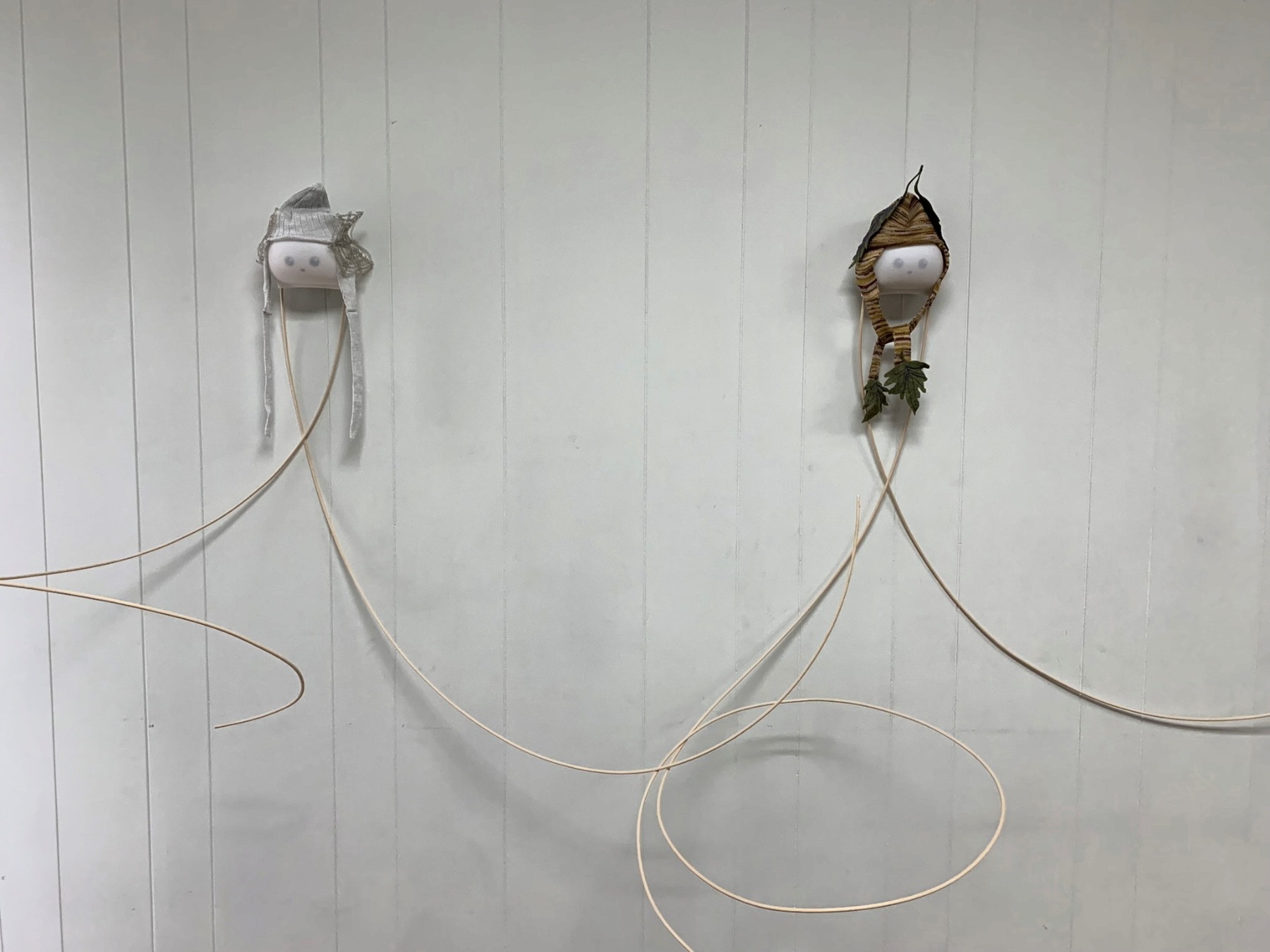
Laivi Suurväli & SORCERER (Tallinn)
Jeremy Deprez (Post Times, NY)
Title image: Laivi Suurväli custom-made T-shirt for Esther II
